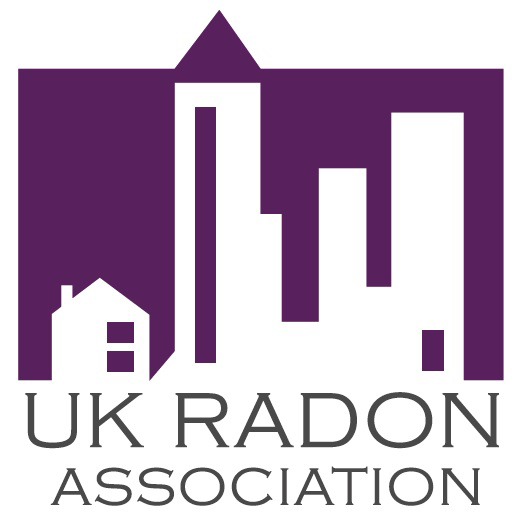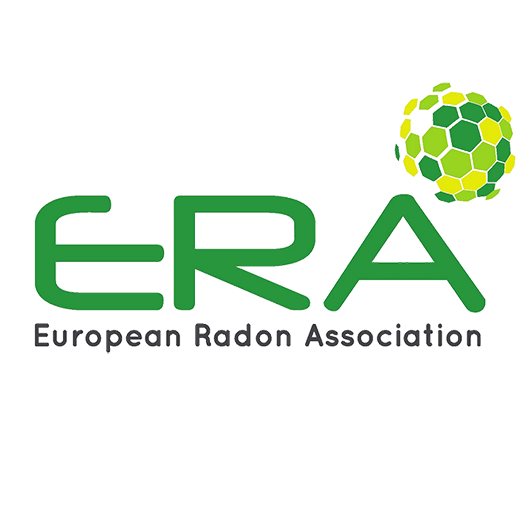The market offers a variety of different radon detectors and digital radon sensors. As an individual, it can be difficult to know which one is the most appropriate for measuring radon in a house. To make things easier, we have put together a guide to better facilitate the choice of either a radon detector or digital radon sensor.
In short, it really depends on what you’re trying to achieve and measure. However, it is important to first understand how dangerous radon can be.
How can radon pose a health risk?
Radon is a radioactive gas that leaks from the soil and in some cases comes from building materials. Depending on the soil beneath the house and the type of building construction, harmful high concentrations of radon can exist.
Radon is the most common cause of lung cancer in humans after smoking. As with smoking, it is the long-term effect that can lead to cancer, the risk increases if you are exposed to high levels of radon for several years. However, staying in an indoor environment with an elevated radon content for a short time is not dangerous. To truly understand the risks in your own home, it is important to take a radon measurement over a prolonged period. This avoids getting a misleading value; radon content can vary enormously over 24 hours and can also be affected by weather conditions.
Due to the health risks and the importance of reliable radon measurements, radiation safety authorities around the world recommend that an annual average level of radon is measured. By defining an annual average value, you get the most accurate assessment of radon levels and possible health risks. The recommended maximum levels found in different countries are also expressed in annual averages.
When should I use radon detectors?
If you have never conducted a radon measurement in your home and want to know what risk you may be exposed to, radon detectors are a better option than digital radon sensors. Detectors come with easy to follow instructions and should be placed in several rooms around the home. After 2-3 months, you then send the radon detectors to a laboratory for analysis.
Some of the advantages of using radon detectors:
– You get the radon content of your house expressed in an annual average that best reflects potential health risks.
– To meet national requirements place several radon detectors around the house. It is an inexpensive, robust, easy and proven method for assessing radon exposure risk.
– By using an accredited laboratory, you will receive an accurate and reliable radon content level analysis.
– Some countries offer grants to asses radon related issues. In these cases the radon content measurement is only approved if it is expressed in an annual average.
However, in order to obtain an annual average value, you do not need to conduct a radon analysis across the whole year. It usually takes 2-3 months depending on which country you measure in and what rules need to be abided by. If you choose an accredited measuring laboratory you will receive accurate and easy to follow instructions to enable you to correctly choose the right number of radon detectors for your property.
When measuring with a radon detector, it is important to understand that you cannot directly (on site) see what radon levels you have in the house. It is only the measuring laboratory that can analyze the detector – subsequently you then receive a measurement expressed in an annual average which highlights the radon level in your house.
When should I use a digital radon sensor?
Digital radon sensors are primarily used to measure the effect of a radon measure i.e. when you are proactively looking to lower radon levels. Why? Radon sensors allow the user to see how radon levels vary from hour to hour. This can be really useful if, for example, a radon suction has been installed to lower the radon content in a house.
In principle, you can also measure the annual mean with a digital radon sensor, but industry wide this is not recommended. Certainly, there are radon sensors that express the average radon content over a longer period of time. However, there are no digital radon detectors for individuals that are accredited or approved for radon measurement. Using digital radon sensors to measure the annual average is also significantly more expensive than using radon detectors because measuring radon content in one room is usually insufficient.
In most circumstances, in order to obtain a correct value, radon levels are measured in several rooms. This means that you need a number of radon sensors, which in turn can entail large costs – especially if you compare the cost of measuring an annual average with radon detectors.
In conclusion, radon detectors are the most appropriate tool for measuring the risk of radon exposure in houses.








